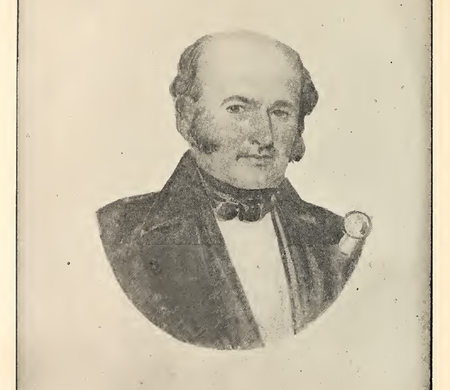History
Silver in Them Hills: A Texas Legend of Lost Treasure
There are legends of lost treasures and mines throughout the world, and Texas has more than its fair share. One particular story, told countless times, persists to this very day. Ever since the 1700s, this legend has fired the imagination of treasure seekers hoping to find riches buried in mother earth. Someplace in the Texas Hill Country there’s a treasure waiting to be found, or so they say.

Photo: Facebook/Infinity Coins
There’s accepted history and, well, there’s legend. When history, myths, and physical evidence intermingle, it’s difficult to separate truth from fiction. Have you heard the Texas legends of the Old San Saba Mines, the Lost Bowie Mine, the Lost Spanish Silver Mine, or the Los Almagres Mine? All of these refer to the same mine that had been operated by Native Americans before being seized by the Spanish in 1757.
Since the Apaches chased away the Spanish settlers and missionaries ten years later, the location of the mine was lost forever. Over the years, treasure seekers combed Menard, Texas, looking for the silver mine. A few laid claims after finding scant evidence of silver, while others dug shafts until they spent all their money, finding nothing.

Photo: Wikimedia Commons/Rezin P. Bowie
Tucked away in file draws of the Menard County Historical Museum there are stories about silver mines and buried treasures. One particular account is Doug Lundgren’s family story about the quest of the Bowie brothers. One of Doug’s favorite stories occurred around 1831 at the scene of a battle between Native Americans and Jim Bowie’s brother Rezin Bowie. According to Lundgren family accounts, at that time it was widely believed the Mexican Government sent mule trains from mines in Sonora eastward across what is now Texas to New Orleans.
Rezin Bowie was fascinated by the stories of the lost silver mines. As the story goes, he led an expedition to ambush the Spaniards for their silver under the pretense of searching for the San Saba Mine. The Bowie expedition encountered some 160 Native Americans (the number differs depending on whose account). The exact location, according to historical documents, is along Jackson’s Creek, which is nine miles west and three miles north of the abandoned San Saba Presidio, placing the site in the present-day Oak Knoll Ranch, a private ranch.
According to Doug’s family story, during the fierce battle, a Caddo or Lipan Apache arrow killed Rezin Bowie alongside the creek. This folklore contradicts the known facts of Bowie’s death, but it’s true that a man in Bowie’s party was killed in the fight. During a lull in the battle, the survivors were able to escape. As the story goes, Bowie was laid to rest at that spot. A metal cross standing some 20 feet tall was erected, marking the sight of Bowie’s grave. At the foot of the cross, there can be seen the remains of a deep mine shaft dug in 1900 by a treasure seeker hunting the Spanish treasure or the site’s lost silver mine. It’s an empty hole in the ground like all the others.

Photo: Wikimedia Commons. Woodcut illustrating Bowie’s 1833 account of an 1831 Indian fight in Texas.
Turning the page in history to James Bowie’s report of 1831 Indian fight near San Saba illustrates inconsistency between folklore and history. In James Bowie’s written account of his expedition with his brother Rezin Bowie to find the lost silver mine, the battle takes place in Calf Creek, some 25 miles east of Menard. When the actual fight took place in Menard at Jackson’s Creek leads one to suspect the intriguing possibility that Bowie had stolen the Mexican silver, rather than looking for a lost mine, and buried it in Menard. The only causality of the Indian battle was Thomas McCaslin buried at the site, not Rezin Bowie as Doug Lundgren’s family folklore stated.
Legends are told and re-told over generations, perhaps twisting the truth a tad. Who knows what kernels of truth they still contain? Perhaps, somewhere in Menard County, there really are silver mines or a buried treasure waiting to be found.



